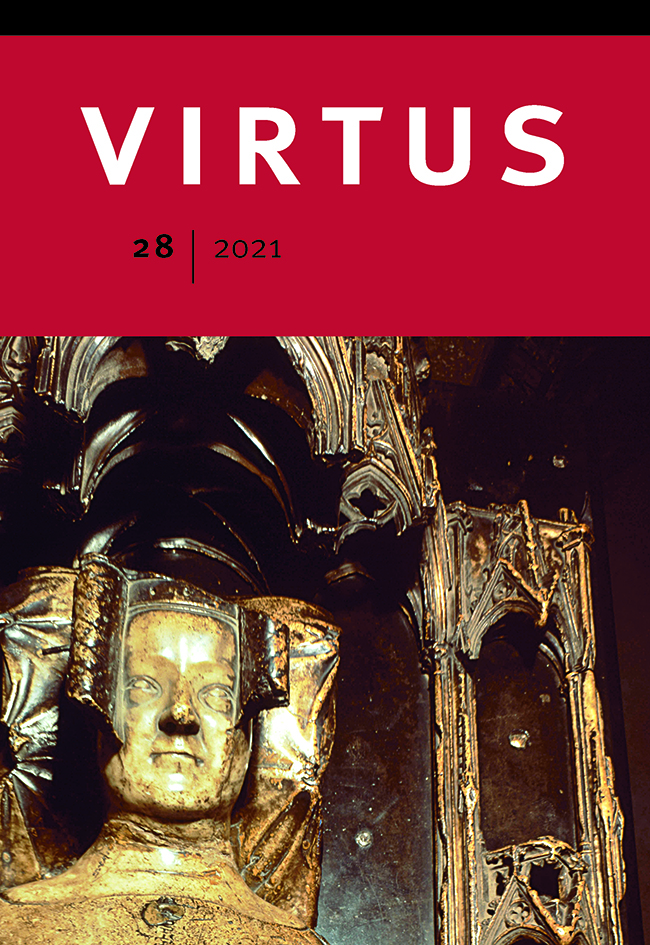Kastelen in Zeeland, 1570-1670. Adellijke huizen en burgerlijke buitenverblijven
DOI:
https://doi.org/10.21827/virtus.28.9-40Abstract
In the seventeenth century the Dutch Republic saw the rise of a culture of country living that was mainly driven by wealthy townspeople. Apart from newly built country estates, some older castles were used as country residences. This raises the question whether the possession of a castle was an expression of the exceptional position of well-to-do townspeople in the bourgeois Republic of the seventeenth century. Can this, moreover, be understood as a form of ‘aristocratisation’? Were there differences in the design of castles and newly-built country houses that indicate that the former enjoyed a prestige that other rural houses did not? To answer these questions, this article first outlines the rise and background of Zeeland’s culture of country living. Then, the focus turns to the castles, with the question of how they passed from noble possession to civilian hands. In order to investigate the developments in castle ownership and the function of castles, this contribution focuses on the islands of Zuid-Beveland and Walcheren. Finally, the question is answered to what extent there were indeed differences in design between castles and newly built country houses.
Published
Issue
Section
Copyright (c) 2021 Martin van den Broeke

This work is licensed under a Creative Commons Attribution-NonCommercial 4.0 International License.

